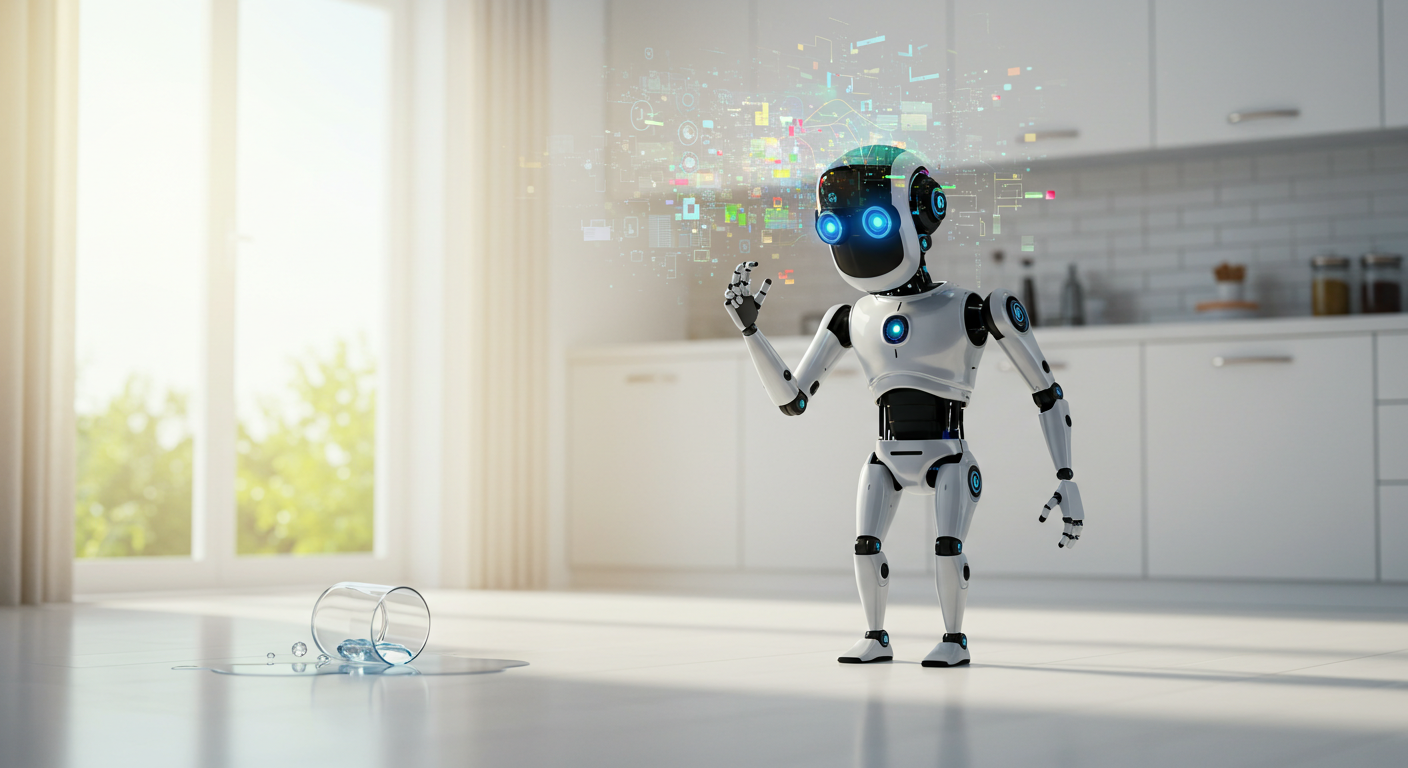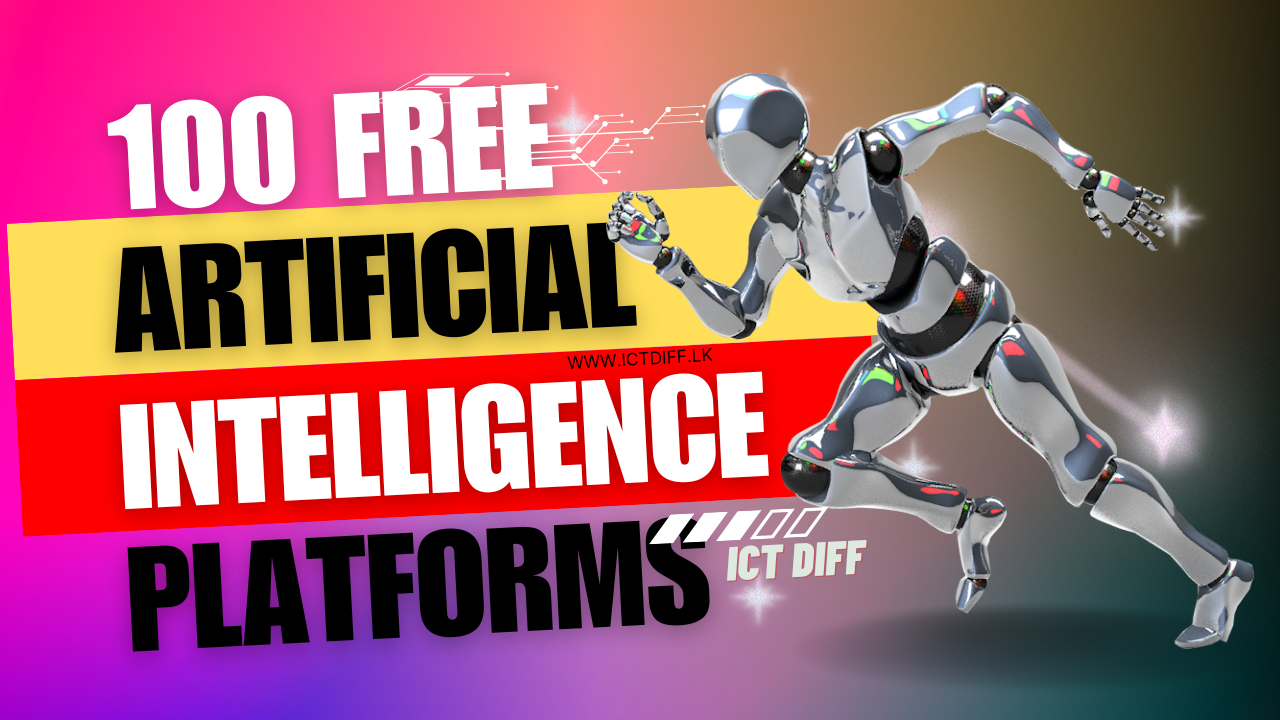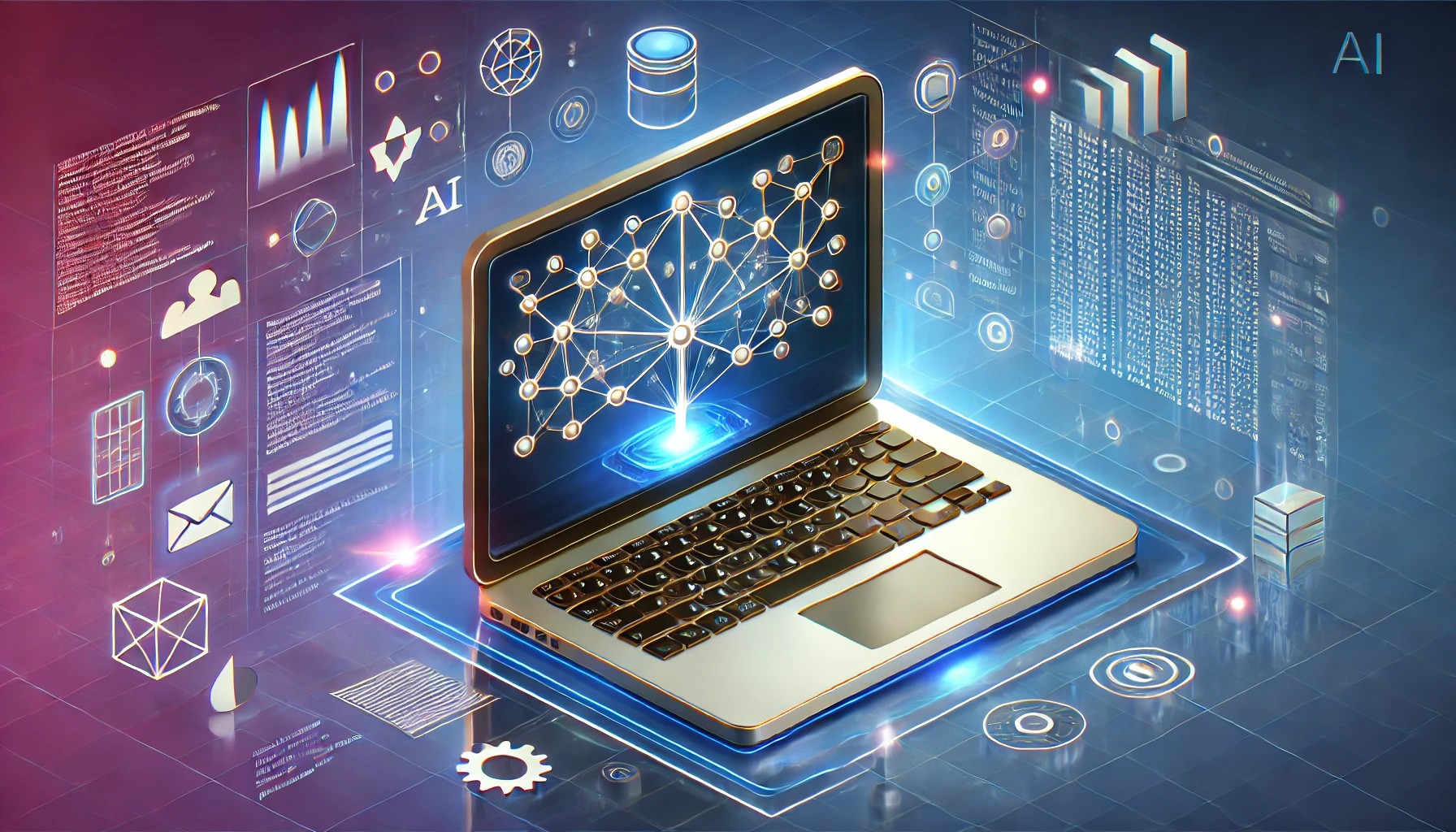Limitations of AI in 2025: What Artificial Intelligence Still Can’t Do

Artificial Intelligence has made jaw-dropping advances in recent years. From ChatGPT passing the bar exam to AI-generated art selling at auction houses, machines now perform tasks once considered uniquely human. But as we approach 2025, AI still hits hard walls where even the most sophisticated systems stumble.
In this article, we’ll explore the current limitations of AI, why these barriers exist, and what breakthroughs might overcome them—using insights from cutting-edge research and real-world case studies.
The State of AI in 2025: Progress and Gaps
What AI Can Do (For Now):
- Generate human-like text, images, and code
- Analyze vast datasets for patterns
- Automate repetitive tasks (e.g., customer service chatbots)
- Beat humans at constrained games (Chess, StarCraft II)
What Still Stumps Even Advanced AI:
- True Understanding
- Physical World Navigation
- Human-Level Creativity
- Moral Reasoning
- Common Sense
Let’s break these down with recent examples.
1. True Understanding: The “Stochastic Parrot” Problem
The Limitation:
While AI like GPT-4 can write essays and answer questions, it doesn’t truly understand context or meaning. It’s a “stochastic parrot”—mimicking patterns without comprehension.
2025 Case Study:
In 2023, Google’s Med-PaLM 2, an AI trained for medical diagnostics, achieved 85% accuracy on U.S. Medical Licensing Exam questions. However, when tested on novel, ambiguous patient cases in 2024, it struggled to weigh conflicting symptoms or contextual factors like socioeconomic status.
Why It Fails:
AI lacks embodied cognition—the human ability to connect language to real-world experiences. As Yoshua Bengio, Turing Award winner, notes: “Current AI has no model of the world; it’s just manipulating symbols.”
2. Physical World Navigation: The Robot Stumble
The Limitation:
While Boston Dynamics’ robots can backflip, even the most advanced systems falter in unpredictable environments.
2025 Research Insight**:
A 2024 MIT study found that robots using reinforcement learning failed 40% of the time when asked to open doors they’d never encountered. Compare this to a 3-year-old human who can intuit door mechanics after 1-2 attempts.
Key Barriers:
- Real-time adaptation: AI can’t quickly adjust to dynamic variables (e.g., a shifting weight distribution).
- Energy efficiency: Human brains use ~20 watts; robots require 200+ watts for similar tasks.
3. Human-Level Creativity: The “Originality Ceiling”
The Limitation:
AI can remix existing ideas but struggles with groundbreaking originality.
2025 Example:
In a 2024 experiment, AI-generated scripts were submitted anonymously to screenplay competitions. While 30% made initial cuts, zero won awards. Judges noted dialogue felt “derivative” and lacked subtext.
Why It Matters:
True creativity requires:
- Intentionality: Purpose-driven innovation (not just pattern-matching).
- Emotional resonance: Connecting ideas to human experiences.
4. Moral Reasoning: The Trolley Problem Test
The Limitation:
AI can recite ethical frameworks but can’t make nuanced moral judgments.
2025 Case Study:
When Waymo’s autonomous vehicles faced sudden road dilemmas (e.g., swerve to hit one pedestrian or stay course and hit five), they defaulted to pre-programmed rules, sometimes leading to catastrophic decisions in edge cases.
Research Insight:
A 2023 Stanford study found that even the most advanced AI ethics models showed:
- 72% inconsistency in moral dilemmas
- 89% cultural bias (favoring Western norms)
5. Common Sense: The “Kitchen Sink” Problem
The Limitation:
AI lacks basic common sense, leading to absurd errors.
2025 Example:
When asked, “Can I wash my clothes in the kitchen sink?” GPT-4 responded: “Yes, if the sink is large enough,” failing to recognize impracticalities like plumbing issues or detergent availability.
Root Cause:
- No embodied learning: Humans learn through physical interaction (e.g., water = wet).
- Over-reliance on text: As AI researcher Melanie Mitchell warns: “You can’t learn physics from books alone.”
Why These Limits Persist: Technical Barriers
| Challenge | Human Advantage | AI Shortfall (2025) |
|---|---|---|
| World Modeling | Intuitive physics understanding | Relies on statistical correlations |
| Energy Efficiency | 20-watt biological brain | Requires massive compute power |
| Lifelong Learning | Continual, adaptive learning | “Catastrophic forgetting” in updates |
| Causal Reasoning | Infer cause/effect from minimal data | Needs vast labeled datasets |
The Road Ahead: Research Breaking Barriers
1. Embodied AI
- 2025 Project: Google’s RoboCat, an AI that learns robotic tasks through trial-and-error in simulations. Early results show 20% better real-world transfer than pure LLM-based systems.
2. Neuro-Symbolic Hybrids
- Breakthrough: IBM’s Neuro-Symbolic AI combines neural networks with logic-based systems. In 2024 tests, it reduced common-sense errors by 35%.
3. Quantum Machine Learning
- 2025 Development: Researchers at UToronto used quantum annealing to solve optimization problems 100x faster than classical AI, hinting at future leaps in efficiency.
What Experts Say About AI’s Future
- Yann LeCun (Meta AI): “Until AI can learn like a baby—through observation and interaction—it won’t reach human-level intelligence.”
- Fei-Fei Li (Stanford): “The next frontier is perception-action cycles, not just bigger datasets.”
- Geoffrey Hinton (Google): “We need paradigm shifts, not just scale. Backpropagation alone won’t get us there.”
Key Takeaways
- AI is a tool, not a general intelligence—it excels at specific tasks but lacks holistic understanding.
- Physical interaction and causal reasoning are critical next frontiers.
- Ethical and cultural biases remain unresolved challenges.
FAQs
1. Will AI surpass human intelligence by 2030?
Most experts (73% per 2024 MIT survey) believe AGI (Artificial General Intelligence) remains decades away due to current limitations.
2. Can AI ever be truly creative?
Only if it develops intentionality—the desire to create for purpose, not just pattern replication.
3. What jobs are safest from AI?
Roles requiring physical dexterity (plumbers), moral judgment (judges), and authentic creativity (novelists).
Final Thoughts
As we approach 2025, AI continues to amaze and frustrate in equal measure. While it can diagnose diseases and write poetry, it still can’t tie a shoe or grasp why we laugh at jokes. The path forward lies not in chasing bigger models, but in reinventing how machines learn—by experiencing the world, not just reading about it.

Artificial Intelligence (AI) is transforming industries, hobbies, and everyday tasks—and you don’t need a budget to explore it. Whether you’re…

Have you ever wondered how AI models work? Maybe you’ve heard about ChatGPT, self-driving cars, or recommendation systems and thought,…